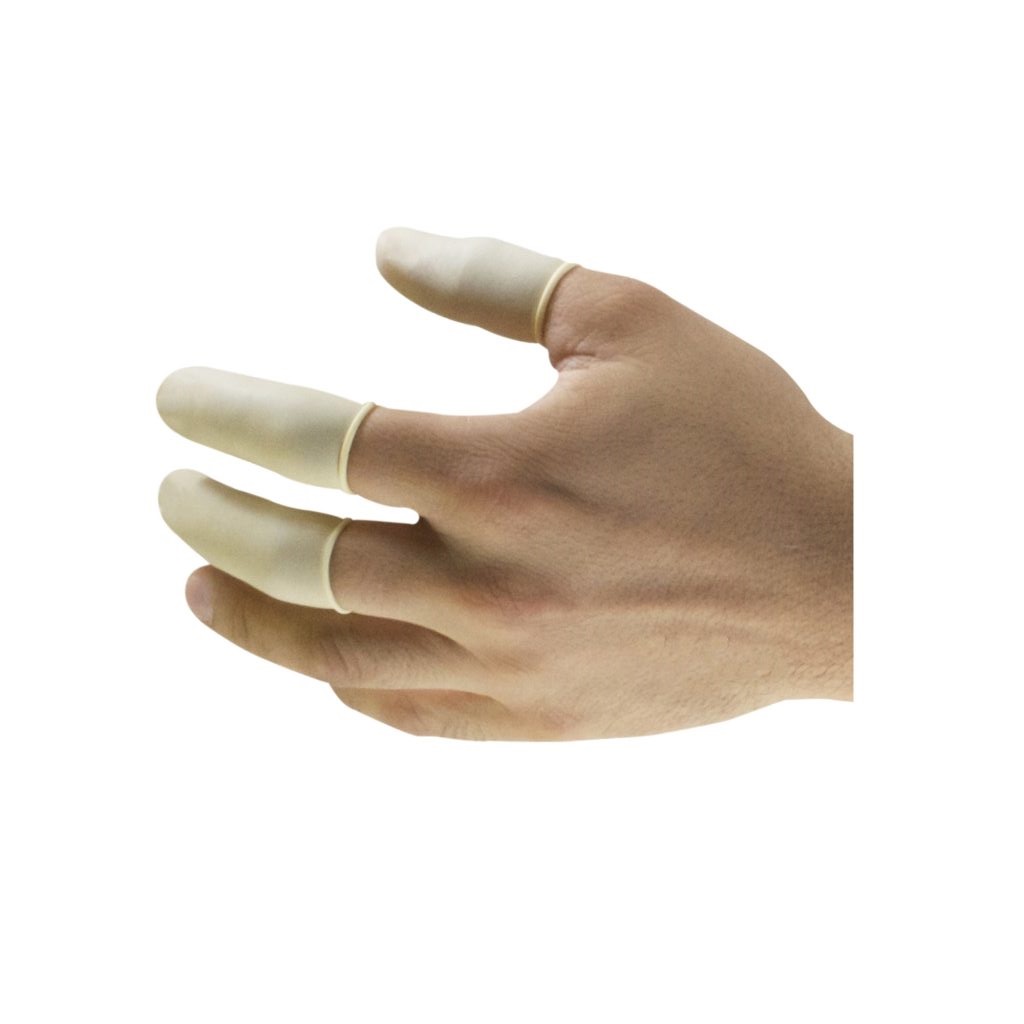In industrial environments—from automotive manufacturing lines to electronics assembly—gloves are more than just a protective barrier. They are essential tools that influence productivity, worker safety, and product integrity. When browsing glove options, two labels often come up: “latex-free” and “powder-free.” While they sound similar, these terms refer to completely different properties.
In this article, we’ll clarify what each term means, explore their relevance in industrial use, and help you choose the right glove based on the specific needs of your operation.
Understanding the Terms
What Does “Latex-Free” Mean?
“Latex-free” gloves are manufactured without natural rubber latex, a milky fluid harvested from the Hevea brasiliensis tree. Natural rubber latex contains proteins that can cause allergic reactions, especially after repeated exposure.
In industrial settings, latex allergies—though more commonly associated with healthcare—still pose risks. Workers in electronics, automotive, and general manufacturing who wear gloves for extended periods may develop sensitivity over time. To mitigate this risk, many companies now opt for synthetic alternatives such as:
-
Nitrile: Highly durable, chemical-resistant, and tactile.
-
Vinyl: Cost-effective and sufficient for low-risk, short-term tasks.
-
Polyethylene (PE): Light-duty use, often in food packaging.
Choosing latex-free gloves ensures your workplace is safer for all employees, particularly those with known or developing sensitivities.
What Does “Powder-Free” Mean?
Powder-free gloves are manufactured without cornstarch or other lubricating powders traditionally used to make gloves easier to put on and remove. While powdered gloves were once the norm, their drawbacks have become increasingly clear, especially in environments where contamination must be avoided.
In industrial use, powdered gloves can:
-
Introduce foreign particles into sensitive manufacturing processes (e.g., PCB assembly, optics)
-
Contaminate adhesives, sealants, and paints
-
Causes skin irritation or inflammation in workers with sensitive skin
Modern powder-free gloves now feature advanced polymer coatings or chlorination to ensure ease of donning without the need for powder. For any environment where cleanliness, product quality, or surface sensitivity matters, powder-free is not just preferred—it’s essential.
Comparing the Two: A Functional Perspective
| Feature | Latex-Free Gloves | Powder-Free Gloves |
|---|---|---|
| Main Purpose | Avoid natural rubber latex allergens | Prevent contamination from glove powders |
| Common Materials | Nitrile, Vinyl, PE | Any material type (latex, nitrile, vinyl) |
| Primary Concern | User health and allergic response | Product and process integrity |
| Industrial Relevance | Important for employee safety policies | Critical for clean production environments |
| Visual Indicator | Often labeled clearly on packaging | Marked as “Powder-Free” on the glove box |
Common Misconceptions
Despite clear labeling, many glove users still misunderstand the distinction between these two terms:
-
“Latex-free” doesn’t mean powder-free. Some vinyl or nitrile gloves may still be powdered for easier donning in non-sensitive environments.
-
“Powder-free” doesn’t mean latex-free. Powder-free gloves can still be made from natural rubber latex and may still pose an allergy risk.
-
Latex-free gloves aren’t always safer for all users. Some people may react to certain chemical accelerators used in nitrile or vinyl gloves, though these cases are far rarer.
Understanding these subtleties is key to selecting gloves that truly meet your workplace requirements.
Applications: Industrial Glove Decisions
Let’s take an example from an electronics assembly line:
-
Employees wear gloves for 8+ hours per day.
-
Components must remain dust-free and free of foreign residue.
-
Some workers have experienced contact dermatitis.
In this scenario, powder-free gloves are a must to avoid introducing particles into sensitive assemblies, while latex-free gloves help reduce the risk of occupational allergies. A nitrile glove—latex-free and powder-free—provides both protection and reliability.
Similarly, in auto manufacturing environments, grease, solvents, and extended wear call for high-durability gloves. A latex-free nitrile glove ensures chemical resistance and minimizes allergic risks, while a powder-free design keeps parts clean during engine assembly or paint prep.
How to Choose the Right Glove for Your Facility
When choosing between latex-free and powder-free gloves, consider the following factors:
-
Do your employees wear gloves for long periods? Opt for latex-free to reduce allergy risk.
-
Is your process sensitive to particles, dust, or residue? Choose powder-free gloves.
-
Are you handling solvents, oils, or adhesives? Nitrile gloves are generally best.
-
Do you need high tactile sensitivity? Look for thin, form-fitting powder-free nitrile options.
Making the right choice not only protects your employees but also safeguards your production quality and operational efficiency.
Final Thoughts
In industrial workplaces, understanding the difference between latex-free and powder-free gloves isn’t just semantics—it’s a matter of safety, productivity, and compliance. Latex-free gloves protect your workers. Powder-free gloves protect your products.
Choosing the right combination for your facility builds a healthier, more efficient work environment.







